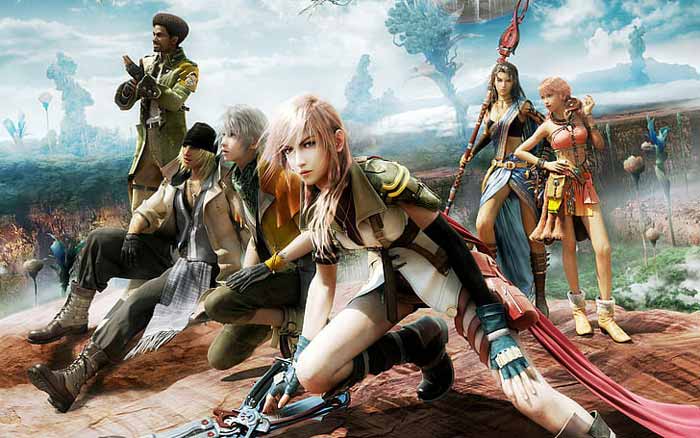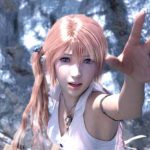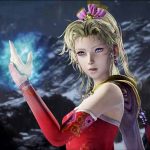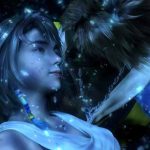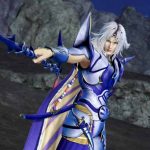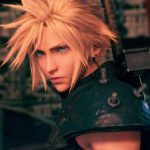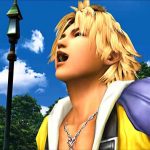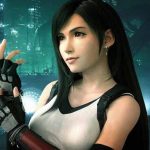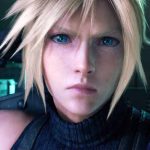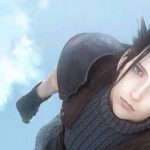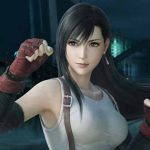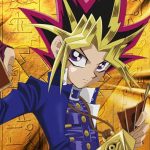The Final Fantasy Trading Card Game has continued to push new releases throughout the turbulent 2020, with the most recent Opus XII: Crystal Awakening set hitting last month. Square Enix recently gave fans a preview of what is to come in 2021 for the popular series, revealing the current release schedule for its upcoming starter sets, boss decks, and the next 3 major sets, which are Opus XIII: Crystal Radiance, Opus XIV: Crystal Abyss, and Opus XV, which doesn’t have a title just yet. Radiance has a specific release date while Abyss and Opus XV have tentative timeframes.
The Final Fantasy Trading Card Game Review
The Final Fantasy series has a storied history in the realm of video games. Spanning multiple consoles, genres, stories, and characters, it remains a popular franchise. While there is a Japan-only Final Fantasy card game, this focuses on the more recent, international version released in 2016.
Final Fantasy Trading Card Game uses 50 card decks made of cards representing various characters from the series, with the goal of dealing 7 points worth of damage to the opponent. The game uses 4 types of cards: Forward, Backup, Summon, and Monster. Each type has a different function, but backup and forward cards are most important.
A FFTCG deck must contain 50 cards, making decks easier to store and transport. For example, the Prism Deck Case holds two single-sleeved, 50 card decks.
The Prime X4 Gaming Box stores four decks, or two decks along with a Boss Deck. A pack of Elite2 Deck Guards contains enough sleeves for two decks, or to sleeve a Boss deck.
If you’re a card gamer looking for a new game with excellent artwork, a video gamer looking for gateway into card games, or a Final Fantasy fan wanting to enjoy familiar characters, the Final Fantasy Trading Card Game is worth a look.
Final Fantasy Trading Card Game – Influencer Cup
Hey everyone! One thing we’ve really been missing while we’re all staying at home is being able to watch FFTCG event streams. While Hobby Japan is recording video of the Dev-Team playing together, we thought we could do a little more by teaming up with some FFTCG influencers from fan communities all over the world to put together a small tournament that we could record and share with all of you!
Now, rather than just a simple tournament, we wanted to mix things up a bit. We randomly paired up 8 FFTCG players many of you know into teams of two. Matches will be Team Battle, with teams we randomly assigned each of them. It will work most similarly to two deck format, with each team having two decks that have no matching elements (including Light and Dark). However, each player on a team uses one of the decks. Both players on a team need to win a game in that round to win the overall round.
The Final Fantasy Trading Card Game Gameplay
Each turn, players spend their Crystal Points (CP) to play other cards. Crystal Points are provided in two ways: either by Dulling (turning sideways) a Backup card, providing one CP of its element, or by discarding a card from the player’s hand, providing two CP of that card’s element. To successfully play a card, the player must pay at least one CP of its element, and enough other CP to make up its cost. Therefore, a Fire card with a cost of 5 requires one Fire CP and four CP of any other element. The exceptions are Light and Dark element cards; these have no element requirements for paying their costs, and cannot be discarded for CP.
The game is won by attacking with Forwards. The defending player can choose whether or not to block attacking Forwards with their own Forwards. If two Forwards are in combat with each other, the Forward with the higher power destroys the other, and the loser is put into its owner’s Break Zone (discards). If the Forward was unblocked, it deals one damage to the defending player. Whenever a player is dealt damage, they put that many cards from the top of their deck into their Damage Zone. When a player’s Damage Zone has seven cards in it, that player loses the game.
To play a card or ability, a player announces the card or ability and any targets it has then pays any costs for it. Then, each other player may respond to that card or ability before it has its effect or enters the field, and the first player may respond to any actions the other players take.
The Final Fantasy Trading Card Game Description
Trading card game for the Final Fantasy video game world. Each player uses their own deck of 50 character cards. Players play character cards by using CP (crystal points).
There are three kinds of character cards:
Forward character card: attackers, blockers and characters with various abilities.
Backup character card: producing CP and/or with various abilities.
Summoned Creature card: one shot ability.
If the player discards a card, they produce 2 CP. If the player taps (dulls) his backup character card, he produces 1 CP.
On their turn, the current player can attack his opponent using his own forward character, and the opponent can block the attacker with their forward character. If the opponent does not block the attacker, one damage is dealt.
When you deal 7 damage to your opponent, or your opponent runs out of cards, you win the game. Popular characters of various Final Fantasy video games appear in this game.
The rarest cards in The Final Fantasy Trading Card Game
Cloud (1-182L) –
Arguably, the most sought after Legendary foil card from the initial wave is ‘Cloud’. This is mainly down to him being the most popular character in the Final Fantasy franchise.
Valefor (1-062L) –
This ‘Valefor’ card was the only legendary foil card that had its text changed significantly in the 2nd wave and beyond. The original text read ‘Return all Forwards to their owner’s hands’, while the Eratta version shifted the apostrophe so it read ‘Return all Forwards to their owners’ hands’.
Black Belt (1-100C )and Golem (1-106C )- Wave One
‘Black Belt’ and ‘Golem’ are two more cards that had significant changes made to their text in wave two and beyond. ‘Black Belt’ was changed from ‘Choose one Blocked Forward’ to ‘Choose 1 Blocking Forward’, while ‘Golem’ was changed from ‘If it is blocked’ to ‘If it is blocking’.
Black Belt 1-100C wave one foil legend
The 30th Anniversary ‘Gabranth’ promo card was handed out during a number of events, including Comic-Con. There were also prize promos that were released around the same time, but because there are many more copies in existence, they are not as rare as ‘Gabranth’.
Cloud A-001
This card was available during the initial release of the FF TCG as a way to advertise the game. The card includes a QR code that navigated people to the Square Enix website so that they could learn more about the TCG. These cards are now incredibly difficult to find, especially in English.
Squall (1-042R) – Wave one
In the artwork of the Wave one ‘Squall’, it looks like he is holding his famous gunblade to his own throat in the Final Fantasy Trading Card. Because of this, Square Enix opted to flip Squall to the other side in all future prints so that they didn’t have any inadvertent references to suicide.
Five years since the launch of the Opus series–by August 2021, we’ll have released 14 types of booster packs, and FFTCG has continued to grow and expand. We want to celebrate that by announcing a commemorative set available early next year.
Depending on who you ask, Triple Triad is a card game inside FINAL FANTASY VIII, or FINAL FANTASY VIII is an RPG inside a card game. It’s one of the most popular side activities in the series and it’s easy to see why: what initially seems like a basic card game turns out to have more layers than an onion.
The game features a wide range of Characters from games in the Final Fantasy series. The game has a global tournament circuit. There are 1898 unique cards in the Chapter series.
Triple Triad in Final Fantasy XIV. Triple Triad is playable once the player begins it at the Manderville Gold Saucer, and can be played around Eorzea and in several Triple Triad-enabled areas.
Also read:
- Serah Farron in Final Fantasy Series: How Old Is She? Who Is Her Love Interest?
- What Is Blooket? What Are The Best Alternatives For It?
- Who is the best player in Warzone? What does make him the best?
- Where in Fortnite a Geoguessr-inspired game: How to play it? What are the objectives?
- Who is the Free Fire Kelly? What are the Garena Free Fire Max Redeem Codes?
